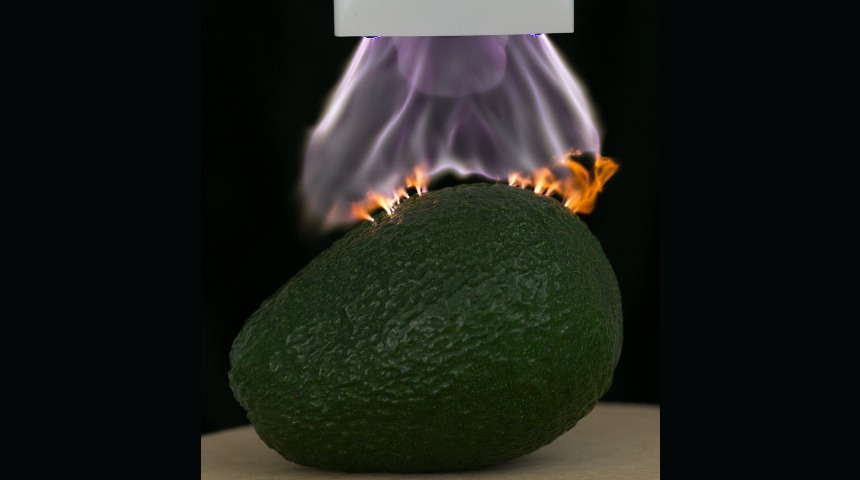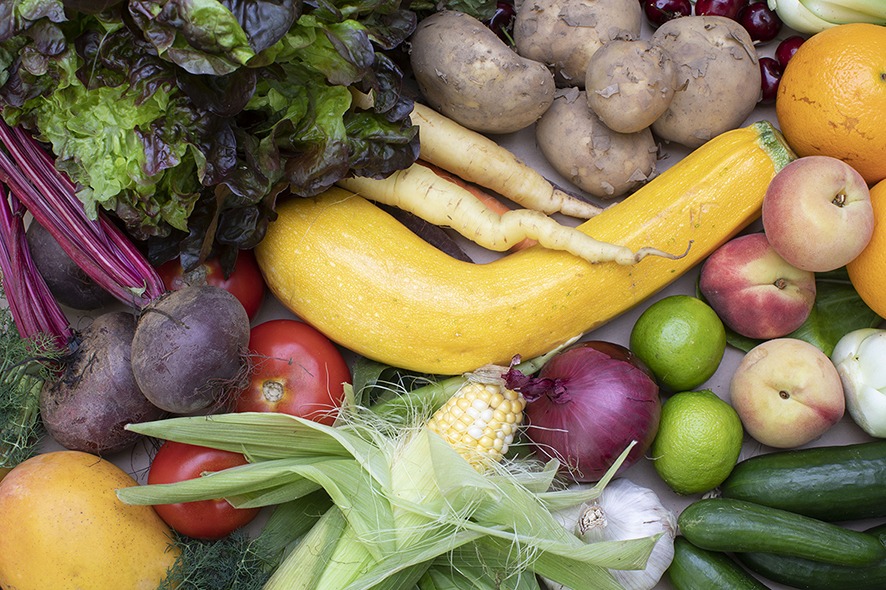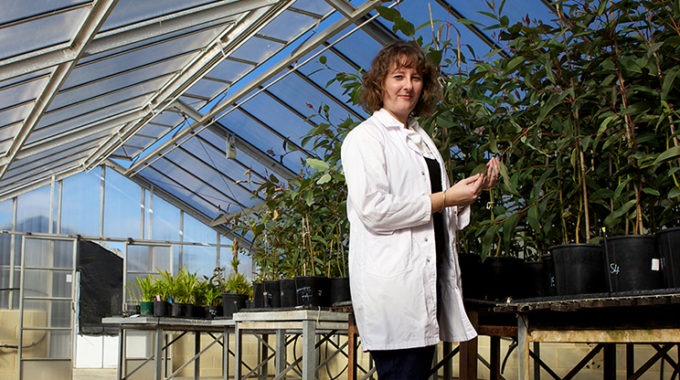Aussie research: super crops & less waste
Western Australian scientists are sowing the seeds on the world’s agricultural future, creating super crops that are stronger, healthier and more productive. The ground-breaking research at the Food Futures Institute comes as the world faces a growing hunger crisis fuelled by the coronavirus pandemic. It’s a crisis that’s predicted by the United Nations to push 30 million people to the brink of starvation this year.
Murdoch University plant molecular geneticist Professor Mike Jones says his team is exploring new technologies to transform crop production. The aim is to help secure the world’s food supplies, which the UN says needs to increase by 60 percent by 2050.
“Using an exciting set of new breeding and agricultural technologies, we believe that through science and technology, researchers will be able to increase the world’s food production to feed 10 billion people in a sustainable manner by 2050,” he says.
The biggest problem for the global food industry is not how to make more food. The world is already able to produce enough food to feed everyone. The big problem is waste. A third of all the food we produce goes to waste. Every year, more than one billion tonnes of food is lost or thrown away. This has a severe impact on the environment and costs us a staggering USD $1 trillion, according to the UN Food and Agriculture Organisation.

Sowing the seeds of super crops
In their lab 20km south of Perth, plant scientists at Murdoch University’s Centre for Crop and Food Innovation are using Nobel prize-winning CRISPR-Cas 9 gene-editing tools to create super crops. Gene editing has enabled the team to precisely alter the DNA of potatoes, wheat and quinoa, creating low glycaemic index spuds; wheat that germinates with more resistance to frost, drought and parasites; and quinoa that’s less toxic.
Potatoes produce more food on less land faster than any other major food crop. But they also contain a form of starch, which rapidly releases glucose into the bloodstream.
“We were early implementers of this technology,” Professor Jones says. “For potatoes, this means reducing GI by modifying starch composition to slow the release of glucose into the blood. This also reduces losses caused by browning when processed into chips.”
The team is also working to increase the expression of genes in wheat that control yield and tolerance to environmental stress, such as frost tolerance during grain development. Widespread frost can cost Australian farmers up to $450 million in lost yield.
The team is now also applying gene editing to improve quinoa by removing saponins. These are soapy, bitter natural compounds that can irritate the stomach.
In April 2019, the Australian government deregulated the use of gene editing in crops. Professor Jones says the change has heralded a new era where plant breeders now have fewer compliance costs, providing greater commercial opportunities.

Zapping bugs in better ways
Across the hall, Murdoch University plant pathologist Dr Kirsty Bayliss (pictured at top) is extending the life of food by zapping it with a specialised type of gas called “cold plasma”.
Dr Bayliss says instead of using chemicals, this plasma can be used like a bolt of lightning to kill spores of mould or fungus. This stops them from germinating on fruit such as avocados.
“We have extended the shelf life from about five days to almost three weeks,” Dr Bayliss says. “And that’s solely by reducing the pathogens that cause the avocados to go black.”
Cold plasma is already used in medicine to treat wounds. And despite being deadly to pests, it’s safe for humans. The research has also discovered that cold plasma kills bacteria such as Salmonella and E. coli, and viruses such as norovirus, which causes gastroenteritis.
“On a commercial level, it could be used to treat plants, food and flowers at scale,” Dr Bayliss says. “On a domestic level, it could be implemented as a simple battery or solar-powered device. This can be used at home to kill bacteria or mould on foods.”
The Murdoch University team are also using the treatment to improve germination rates in wheat seeds and to eradicate storage rot in truffles.

Turning trash into treasure
Further south in WA’s Peel region, Murdoch University nutritionist Associate Professor Vicky Solah is studying new ways to help growers transform unused produce into useful products.
“We want to make sure local growers, like apple producers, find ways to use their excess produce after supplying supermarkets or export,” Dr Solah says.
Murdoch Uni is part of the WA Food Innovation Precinct in Nambeelup. This 16-hectare solar-powered complex will house special processing equipment so researchers can work with industry to curb excess waste from crops.
“We won’t be using waste in the real term,” Dr Solah says. “Only food-grade seconds and ‘uglies’ that won’t get sold. We can then produce something delicious and nutritious.”
Those seconds would normally end up rotting or being ploughed back into the ground.
Dr Solah says the work going on at the WA Food Innovation Precinct will help to eliminate global food loss and waste. “By reducing costs and providing opportunities for growers to work with researchers on the creation and development of new products, it creates new economic opportunities and employment,” she says.









